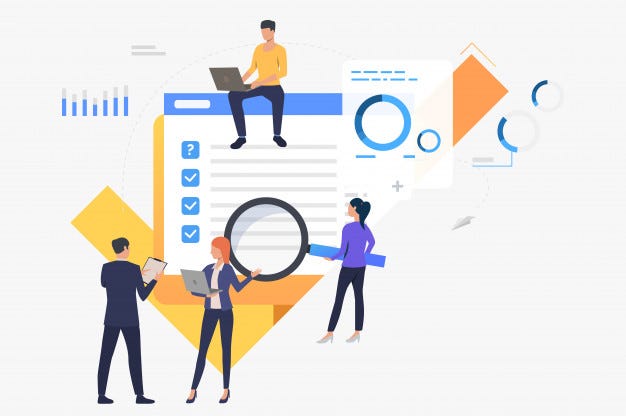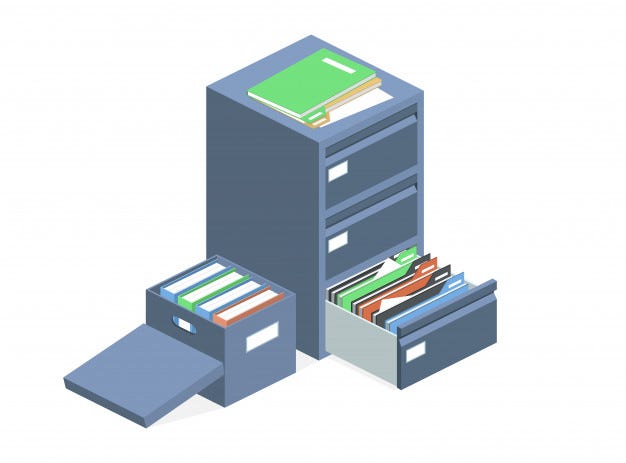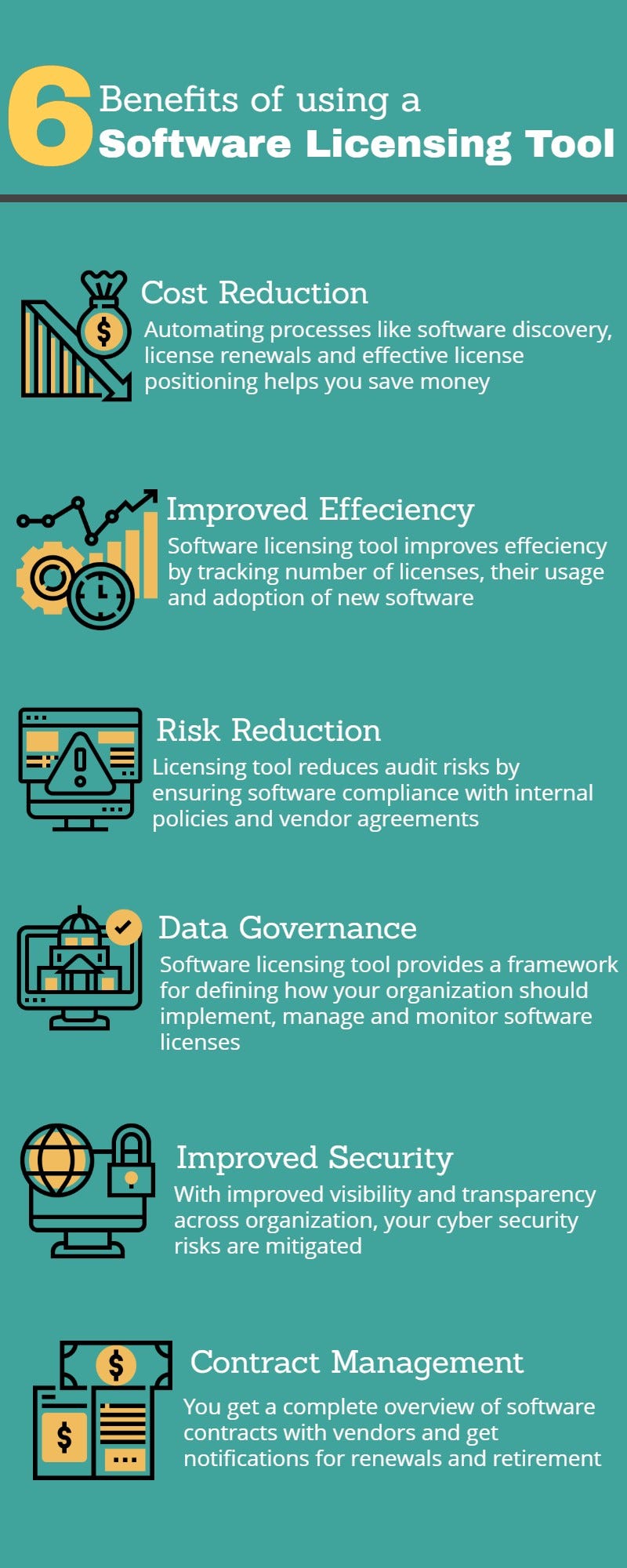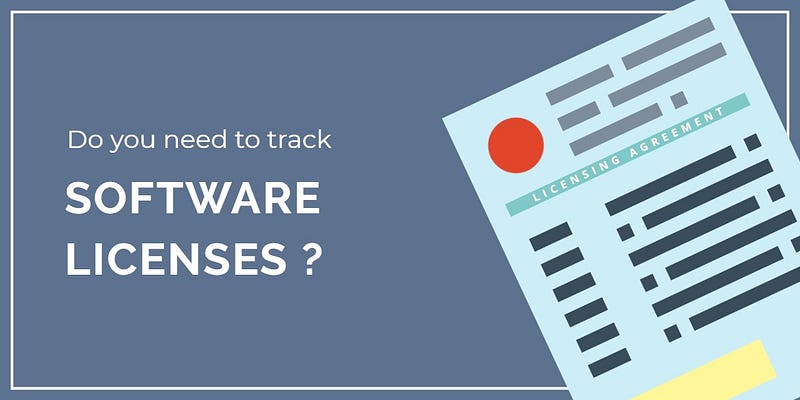What is software license management and do you really need it?
The recent boom in business technology has made modern companies rely on software solutions. Software tools like accounting applications and ERP systems have gained tremendous popularity over the years as they help automate daily business functions and streamline business workflows.
While these solutions certainly improve work efficiency, their management is fraught with pitfalls. The most daunting of these is license management.
Software license management refers to the processes deployed to control and document how a piece of software is being used. It also serves to track the user and the machine that houses said software.
Ambiguous licensing terms and frequent upgrades are notorious for costing prominent companies in heavy fines and marred reputations. This makes license management the need of the hour for all IT-intensive organizations.
Challenges with Software License Management
Effective management of software licenses is fundamental to your business success but in the absence of proper measures in place, it becomes increasingly difficult to get the maximum value out of those software licenses. Here are a few common software licensing challenges that you may encounter:
- Organizations and software vendors usually have long managed license contracts to ensure that their software is covered by technical support and has upgradation capabilities. However, this information is usually device centric and there are no contract management processes in place. Due to license portability and complex terms and conditions, it is important to manage software license entitlements. A cloud-based software licensing tool can provide more visibility into software entitlements and enables you to get a view across all licenses.
- The licensing information is usually siloed and there is no comprehensive single dashboard view to see the trends of software usage, entitlements and provisioning. A reliable license management tool can roll up all important information on a single dashboard to highlight upcoming software renewals and compliance exposure.
- Lack of a next-generation, cloud-based software licensing tool results in impaired visibility and unactionable data. If you are still using a homegrown system, then there wouldn’t only be backup issues and security risks but it would also be restricted to on-premise deployments.
- Inadequate license tracking and lack of real-time data results in overused/ underused software licenses, downloading of unapproved software and no visibility into software usage trends. Implementation of a software licensing tool enables you with notifications for software expiry, renewals, non-compliant users, updates or changes in vendor contracts.

But can license management also be automated? Companies are slowly migrating to software licensing tools that help track all their licenses. According to a research, the software licensing market is expected to grow to $14.34 billion by 2023. Here’s what these solutions offer:
- Cost savings: Software accounts for an average of 34% of an organization’s IT budget and in some organizations, as much as 50% of this money goes to waste due to the lack of proper monitoring tools. With software license management tool, you can monitor how software is being used by employees and rightsize your inventory. This prevents the over-buying of licenses and enables you to efficiently manage software procurement.
- Low chance of penalties: Gain compliance when you’re well acquainted with software licensing terms for all your applications. Carefully track all your licenses and ensure that employees are adhering to their policies. This minimizes the risk of legal penalties and fines.
- Strategic alignment: Access in-depth insights into your company’s IT environment to better align it with your business objectives. You can also use the management tool to forecast future needs for software.
- Competitive advantage: Automated solutions eliminate the errors that are inherent to their manual counterparts. With the burden of manual tracking out of the way, zero in on strategy building.
- Integration: Streamline administration by integrating with other software applications like your service desk.
Features of software licensing tool that enable effective license management
To understand how a license tracking system works, let’s discuss some of its prominent features:
1. Complete vendor coverage
Most companies struggle with maintaining vendor records.
This shouldn’t come as a surprise since every company has a long list of vendors that they procure software from. To top this off, software vendors often slide in ambiguous clauses and update licensing terms of their own volition. According to a study, 85% of the organizations are out of compliance with their software license agreements. When this happens, the vendors come blazing after their buyers with audits and penalties.
Popular vendors like Microsoft are particularly known to be aggressive with their compliance checks and auditing process.
All this makes it imperative for software buyers to carefully track vendor records. A software licensing tool enables you to store all manufacturer details so you can track the special characteristics of each vendor.
2. Software discovery

Software discovery is the most advanced feature of a software management system. Discovery automatically scans all company machines and extracts extensive data regarding all software instances.
By doing this, IT managers access complete software details in an instant. This information reveals everything you need to know about licensing. For instance, how many licenses are active at the moment and how many have expired.
This simplifies the renewal process so you’re never using software that you aren’t authorized to use.
3. Procurement, re-harvesting, and retiring
Analyzing usage is one of the most critical aspects of software licensing management. With an automated tool by your side, procure new software and down-size or up-size on software whenever required.
When requests pool in for new software, a software asset management tool enables you to create purchase orders and send alerts to relevant vendors.
Moreover, by tracking IT asset utilization, a software license management solution monitors both in-demand and idle applications.76% of the organizations admit to deliberately over-licensing in fear of software audits and compliance issues. A robust software license management tool enables companies to renew licenses based on current usage so compliance is not a problem.
Lastly, software that is no longer useful is also easy to identify so you can uninstall it and cut down on costs.
4. License reports

Track all your licenses to stay updated with changing terms and conditions. Carrying out this practice allows you to stay updated when vendors modify the terms or introduce new products.
Moreover, license reporting is also beneficial when it comes to impact evaluation. You can see how certain software has evolved over time and whether it needs to be updated. This also enables you to better understand how the new upgrades can help your business workflows.
What is the best way of using your software licensing tool?
Relying on software that you haven’t properly configured will do more harm than good to your business. For this reason, proper guidelines should be in place for all employees to follow.
Here are the best practices:
- Standardize procurement processes: Dealing with various kinds of software calls for a strict surveillance plan. It is important to know how different organizations buy licenses. Draw inspiration from these and make it a point to define uniform rules for license procurement and storage.
- Update your inventory: With different departments utilizing different software programs, companies often forget to update their inventory. While superior license management tools run automated scans, it is better to verify the data every now and then. Moreover, you can appoint a license manager to track changes in inventory.
- Track software usage: After installation, businesses should carefully monitor how, where, and by whom the software is being used. It is also a good idea to document configuration and user access. These data points allow you to refine usage policies when needed.
- Measure license per software: After establishing a reliable asset catalog, the next thing to focus on is the number of acquired licenses per software. You can start off by reviewing your database to ensure that your licenses cover all the ways in which the software is installed and being used.
It’s time you migrated to a software licensing tool

Software licensing tools may initially seem complicated to deploy but most companies are able to instantly see the benefits.
Prominent features like auto-discovery, inventory catalogs, and vendor tracking create a comprehensive solution so you don’t have to deploy several different tools for your software management setup.
On top of this, use performance reports to analyze key metrics. Such reports display in-depth details about your IT assets so you can better forecast future demand.
With your administrative burdens significantly reduced, focus on strategy building so your business can truly flourish!
AssetSonar is the leading software license management tool that offers comprehensive software license tracking. It enables companies to ensure license compliance, optimize software spend, and become audit-ready.







